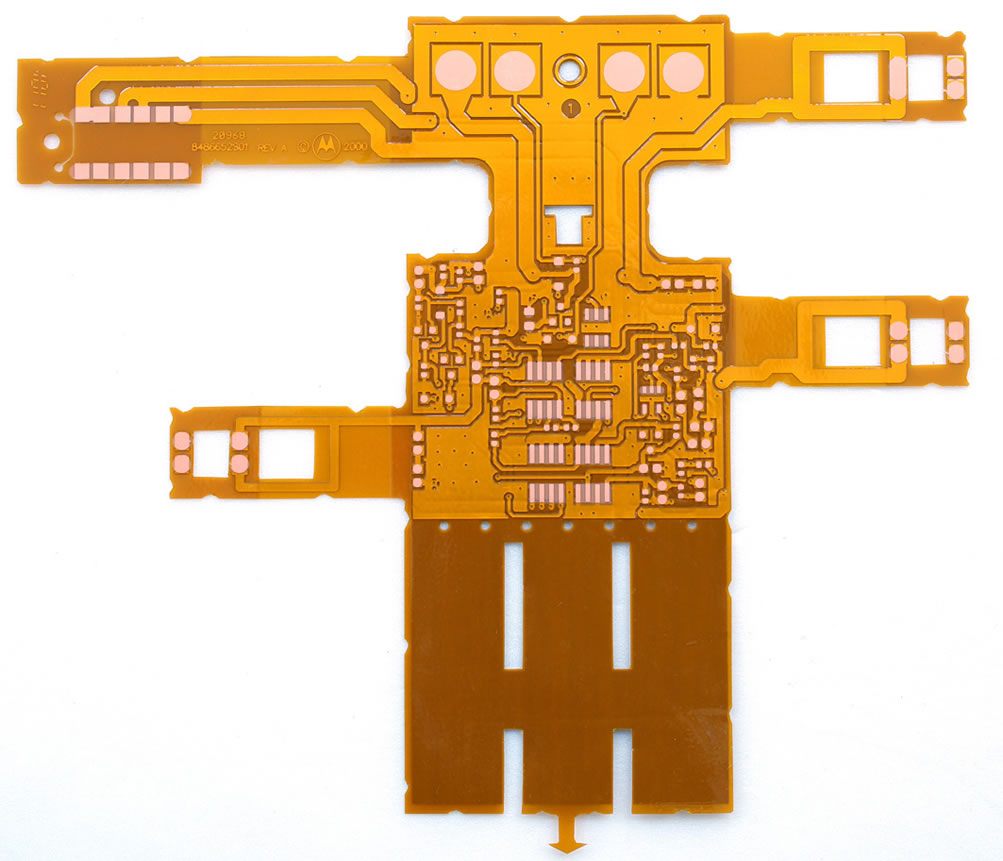In the constantly changing world of electronic devices, it is vital to innovate to keep ahead of the curve. As demands for smaller, more flexible, and superior-performing electronic devices continue to grow manufacturers are always looking for innovative ways to improve the process of assembly. One revolutionary technology that has gained significant attention is flex circuit manufacturing.
Flexible circuits are also known as flexible printed circuit boards (PCBs) and offer many advantages over rigid PCBs. These circuits are made to bend to twist, bend, and conform to different shapes, making them ideal for applications which require intricate designs, space constraints, or enhanced durability.

Flex circuits help manufacturers extend the boundaries of design by providing an adaptable base that adjusts to the contours of the device. This flexibility permits more imaginative and smaller designs, eventually which results in lighter and smaller devices. Imagine a phone that effortlessly forms around your hand. A wearable health tracker that is discreetly placed around the wrist. Perhaps even a smart device that has a seamless and ergonomic design. Engineers and designers can translate their visions into reality with Flex Circuits, enabling them to unlock a world of possibilities for designing products.
Beyond the aesthetic benefits in terms of design, the durability of flex circuits is what sets them apart from their rigid counterparts. PCBs made of traditional materials can be damaged through shock, vibration and repeated stretching. Flexible circuits have materials that are immune to these elements, making them highly reliable. This particular durability is crucial in the fields of aerospace, automotive and medical, in which electronic components have to endure harsh environments without compromising their performance.
The capabilities of flex circuits are greatly enhanced by the methods of manufacturing used. Flexible circuits, in contrast to rigid PCBs, are constructed from a flexible substrate such as polyester or polyimide. The substrate forms the foundation of the circuit, and it allows it to be bent and twisted while still maintaining electrical connectivity. Flex circuit manufacturers are able to precisely etch circuit trace, connect complex interconnects and attach components on the flexible substrate by leveraging advanced manufacturing techniques.
Surface mount technology, commonly referred to as SMT, allows for the integration of components into flex circuits. This enhances the flexibility and functionalities of these circuits. With SMT manufacturers can put electronic components directly on the surface of the flex circuit, thus eliminating the need for bulky connectors and minimizing the overall size of the gadget. This method of operation is not just a way to reduce the size of the device, but improves signal quality, lowers weight, and improves thermal management.
The production methods of flex circuits also permit rapid prototyping, and can be scaled to accommodate the demands of larger numbers. The flexibility of circuit designs allows for rapid iterations during the prototyping phase, accelerating the development process of a product. Because they can be produced in high volumes using automated manufacturing processes flex circuits offer cost-effective options for large-scale production. Flexible circuits are an excellent option for businesses looking to rapidly bring new ideas to the market. For more information, click flex circuit manufacturer
It is crucial to be able to rely on a reliable source for flexible circuits since the need grows. It is vital to partner with reliable, experienced manufacturers to ensure the precision and accuracy of production of flex-circuits. These manufacturers possess the expertise to guide clients through the process of designing and manufacturing as well as provide valuable advice on material selection, and assure that the product is in line with industry standards.
Ultimately, flex circuits can be invaluable components for achieving the highest degree of complexity in the modern electronic assembly. From displays used in consumer products to military applications they are at the foundation of these intricate systems. They are able to move effortlessly through small space, flexible substrates provide engineers the ability to build designs that are feature-rich but still fit within tight assembly footprints. Flex assemblies are more efficient than other routing methods in terms of accommodating size restrictions. Flexible circuits are the most suitable choice for projects that require intricate interconnections, combining several technologies into an expertly designed package.
